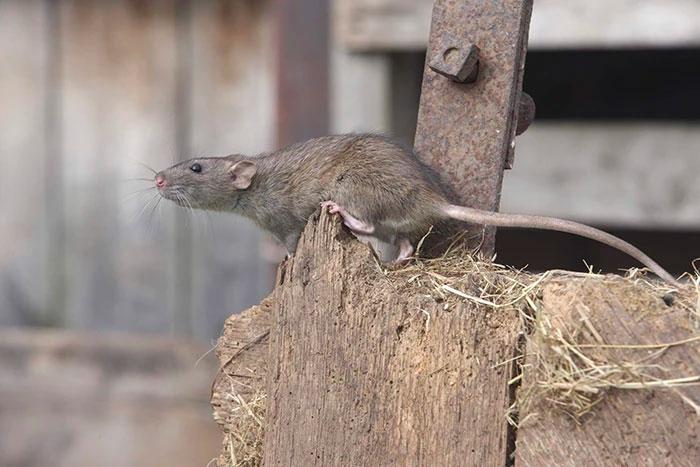
Pest traps have a specific job to be done - to get rid of pests. And like many things in life, there’s more than one way to do this. We believe it’s important to control pests using a quick-kill method.
Humane is a term that can mean different things to different people. The official dictionary definition of humane is “characterized by tenderness, compassion, and sympathy for people and animals, especially for the suffering or distressed” or “acting in a manner that causes the least harm to people or animals”. So, it can feel like an oxymoron to describe an animal trap as humane.
We believe it’s possible to control pest populations in a quick-kill way. It’s this belief that has driven us to design a trap that does.
Isn’t a kill trap inherently inhumane?
For some Kiwis, a live capture trap is the only ‘humane’ trap available, as it will capture a live animal, generally unharmed, for them to be later released. We absolutely support the use of live trap cages in areas with high proportions of protected native rodents, such as Australia. But, it’s important to recognize why we’re trapping pest species in the first place.
For us, this is because they’re doing great harm to our native flora and fauna. Humans have introduced foreign pests to Aotearoa, and we believe it's our responsibility to restore this balance and help our native species to thrive once again.
What about live catch traps?
To ensure trapping is humane, some trappers prefer to use a live catch trap. But, catch and release traps can be problematic. Mice and rats will always be attracted to the most obvious, and easiest food source, which generally tends to be where you’re setting the traps, so are likely to return after they’ve been released and not solving the problem at hand. This makes you vulnerable to reinvasion from the pest species.
What makes a Goodnature trap humane?

When we designed the A24 Rat & Mouse Trap, a goal was to ensure it was as humane as possible. Here’s how we’ve done this.
No toxins
We’ve seen the effects toxins have on animals, pest or otherwise, and this isn’t suffering we stand for. The poisons available for use, while easy for the user, results in a slow and painful death for the affected animal.
Rats and mice generally don’t eat enough poison in one go to kill them immediately, so they carry the toxin within them. This means the poison is slowly attacking the pest until it eventually dies. Research by the Department of Conservation shows it’s usually around a week for a mouse or rat to die from poison, and we don’t think that’s humane.
Secondary poisoning
Scavenging is common when trapping, so it’s critical you know other animals will be safe around a dead pest. Because our traps don’t use poisons, they’re safe for other animals to consume, whether this is your pet or local wildlife. Scavenging helps to increase the attractiveness of a trap, as other rats recognize it as a reliable food source, and come back for more.
Immediate impact
The A24 Trap is the only trap in the world that uses CO2 pressure to drive the striker impact. This delivers a fast and forceful impact to the target pest causing an immediate death, with no suffering involved.
Designed for success
There are a wide range of pest traps available on the market, each varying slightly with the benefits they provide.
A very common, affordable option is the snap trap. This is your typical mouse trap, generally set with peanut butter or cheese. Snap traps can be effective but can be less predictable from a humane kill perspective. A mouse simply needs to run across a trap, towards food for it to be set off. This means that a mouse could only have one limb on the trigger, which generally results in injury to the mouse rather than a clean kill.
The A24 requires the rat or mouse to climb within the trap, brushing the trigger to activate the trap. No matter which way the rat or mouse touches it, it will be positioned correctly for a humane result. By making simple design decisions, we’re able to guide rats and mice into the correct position for a humane kill.

Why does it matter?
Some people might say ‘you’re killing anyway, why does it matter if it’s humane?’ Here at Goodnature, we believe it’s important for it to be humane. We want to cause the least harm possible and wouldn't wish a slow and painful death on anything – not even a pest.
Our traps are tested and certified humane using standards set by the National Animal Welfare Advisory Committee (NAWAC). Information on this can be found here.
